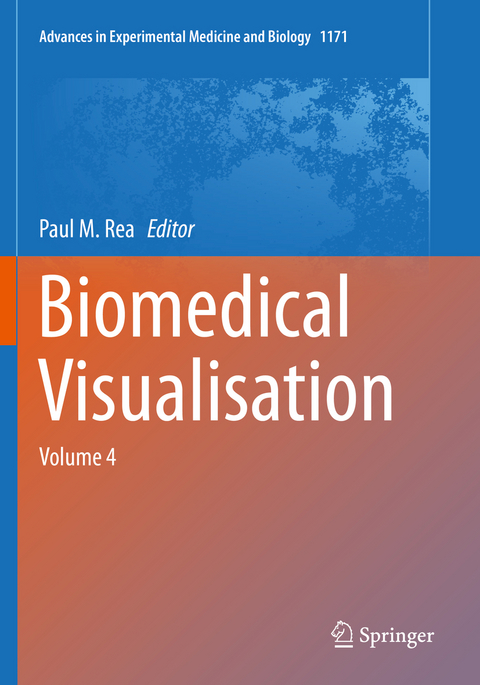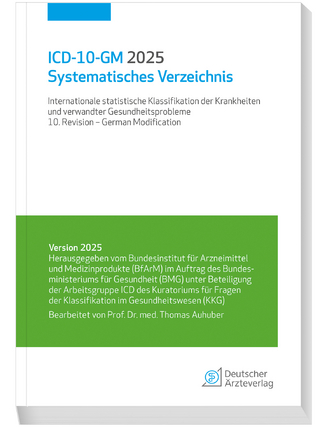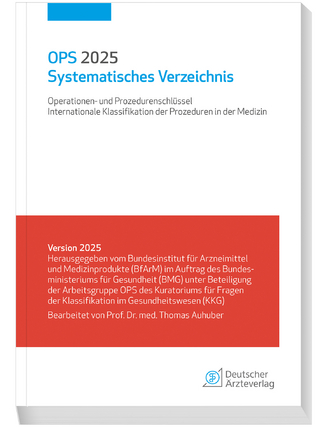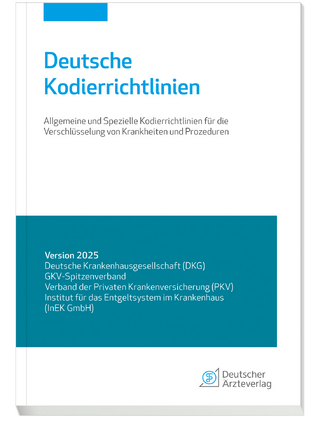
Biomedical Visualisation
Springer International Publishing (Verlag)
978-3-030-24283-1 (ISBN)
lt;p>
Paul is a Professor of Digital and Anatomical Education at the University of Glasgow. He is qualified with a medical degree (MBChB), a MSc (by research) in craniofacial anatomy/surgery, a PhD in neuroscience, the Diploma in Forensic Medical Science (DipFMS), and an MEd with Merit (Learning and Teaching in Higher Education). He is an elected Fellow of the Royal Society for the encouragement of Arts, Manufactures and Commerce (FRSA), elected Fellow of the Royal Society of Biology (FRSB), Senior Fellow of the Higher Education Academy, professional member of the Institute of Medical Illustrators (MIMI) and a registered medical illustrator with the Academy for Healthcare Science.
Paul has published widely and presented at many national and international meetings, including invited talks. He sits on the Executive Editorial Committee for the Journal of Visual Communication in Medicine, is Associate Editor for the European Journal of Anatomy and reviews for 24 different journals/publishers.He is the Public Engagement and Outreach lead for anatomy coordinating collaborative projects with the Glasgow Science Centre, NHS and Royal College of Physicians and Surgeons of Glasgow. Paul is also a STEM ambassador and has visited numerous schools to undertake outreach work.
His research involves a long-standing strategic partnership with the School of Simulation and Visualisation. The Glasgow School of Art. This has led to multi-million pound investment in creating world leading 3D digital datasets to be used in undergraduate and postgraduate teaching to enhance learning and assessment. This successful collaboration resulted in the creation of the worlds first taught MSc Medical Visualisation and Human Anatomy combining anatomy and digital technologies. The Institute of Medical Illustrators also accredits it. This degree, now into its 8th year, has graduated almost 100 people, and created college-wide, industry, multi-institutional and NHS research linked projects for students. Paul is the Programme Director for this degree.
Preface.- Assessing the Role of Screencasting and Video use in Anatomy Education.- Exploring the Role of xR in Visualizations for Use in Medical Education.- Virtual Patients in Health Professions Education.- Student-created online teaching resources for students.- Massive Open Online Courses: Current and future trends in biomedical sciences.- Applying geometric morphometrics to digital reconstruction and anatomical investigation.- Three-dimensional visualisation of skeletal cavities.- Recommended Workflow Methodology in the Creation of an Interactive Application for Patient's Diagnosed with Pancreatic Cancer.- Evaluation of Child-Friendly Augmented Reality Tool for Patient-centered Education in Radiology and Bone Reconstruction.- Using technology to engage the public in biomedical sciences.- Index.
| Erscheinungsdatum | 03.01.2021 |
|---|---|
| Reihe/Serie | Advances in Experimental Medicine and Biology |
| Zusatzinfo | XVI, 138 p. 52 illus., 33 illus. in color. |
| Verlagsort | Cham |
| Sprache | englisch |
| Maße | 178 x 254 mm |
| Gewicht | 345 g |
| Themenwelt | Informatik ► Weitere Themen ► Bioinformatik |
| Medizin / Pharmazie ► Physiotherapie / Ergotherapie ► Orthopädie | |
| Naturwissenschaften ► Biologie ► Genetik / Molekularbiologie | |
| Technik ► Medizintechnik | |
| Technik ► Umwelttechnik / Biotechnologie | |
| Schlagworte | 3D Printing • Computing Technology • E-Tutorial • Photogrammetry • Virtual and Augmented Reality |
| ISBN-10 | 3-030-24283-8 / 3030242838 |
| ISBN-13 | 978-3-030-24283-1 / 9783030242831 |
| Zustand | Neuware |
| Informationen gemäß Produktsicherheitsverordnung (GPSR) | |
| Haben Sie eine Frage zum Produkt? |
aus dem Bereich


